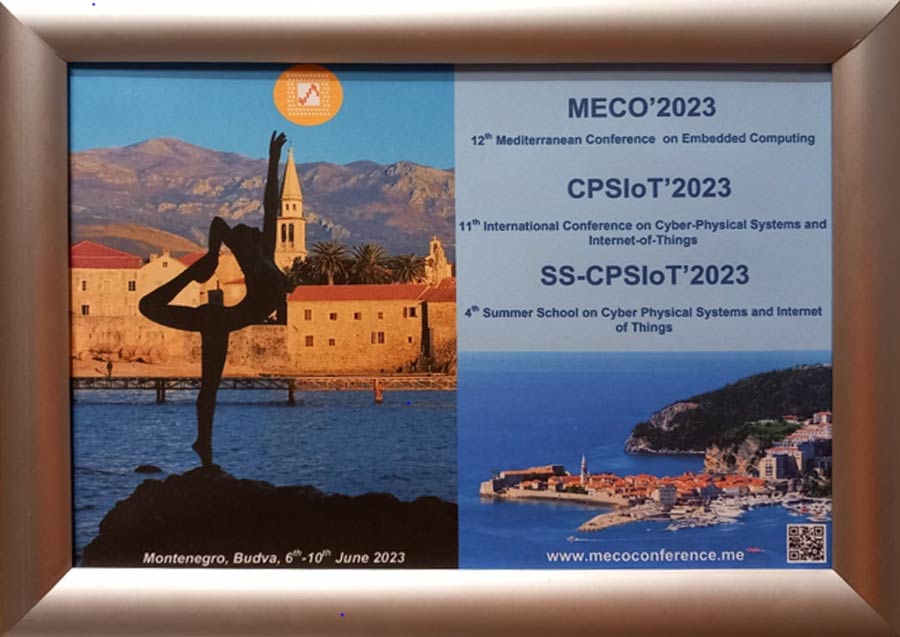About the ANDANTE Project
It is estimated that around 1% of the world’s electricity is destined for cloud data centerscentres, and that this figure is set to rise to 8% by 2030. However, this number could be reduced significantly if some of these applications could be run at the Eedge instead.
ANDANTE aims to leverage innovative integrated circuit designs to build powerful hardware and software components and devices for artificial and spiking neural networks, which will serve as a starting point for future products in the edgeEdge, combining extreme energy efficiency with robust neuromorphic computing capabilities.
ANDANTE combines emerging embedded non-volatile memories, neuromorphic processors, and AI methodologies for the co-design of hardware and software, as well as tools for training, profiling, and mapping a neural network on a hardware target.
To this end, ANDANTE is developing 14 innovative Edge use cases in five application areas that are key to the future of European competitiveness to validate and evaluate the performance and relevance of these solutions.
- Digital Industry.
- Digital Farming.
- Transport & Smart Mobility.
- Healthcare.
- Digital Society.
Concerning the digital industry, two use cases are considered: People counting for smart lab/factory applications requiring real-time calculation and scaling to handle input from multiple sensors. ColorColour classification into colorcolour sensor nodes for real-time control and monitoring devices requiring low power consumption, small footprint, and low cost.
Regarding digital farming, two use cases are defined: Autonomous weeding system for crops and weed detection, intra-row weeding, mechanical alternative to chemical weeding requiring real-time computation and high precision to differentiate crops and weeds. Forecasting tomato pests and diseases.
Concerning transport and smart mobility, five use cases are considered: Drones for border surveillance, drones for robust autonomous landing, underwater drone for acoustic signal classification, 3D object detection and classification of road users based on LiDAR and camera, and path planning for autonomous steering. All use cases require low power consumption, real-time computation, and small form factor.
Regarding healthcare, three use cases are considered: Multi-modal image processing and device tracking in medical X-ray & ultrasound images, ultrasound acquisition or processing, and glucose monitoring. The aim is to implement edge-based deep learning for medical image analysis with different use cases requirements such as high accuracy, low latency, automatic detection/classification , and low power.
Finally, concerning digital society, two use cases are considered: Neuromorphic technology is particularly suited for auditory and visual sensing applications in consumer devices (portable, wearable, and in-home IoT devices) and vision-based human computer interaction applications. They require ultra-low-power, real-time, low-latency sensory processing and accuracy.
ANDANTE’s activities are based on collaborative research between large and small industrial companies, leading research centerscentres and universities.
Do you want to know ANDANTE better? Check ANDANTE’s tutorial

